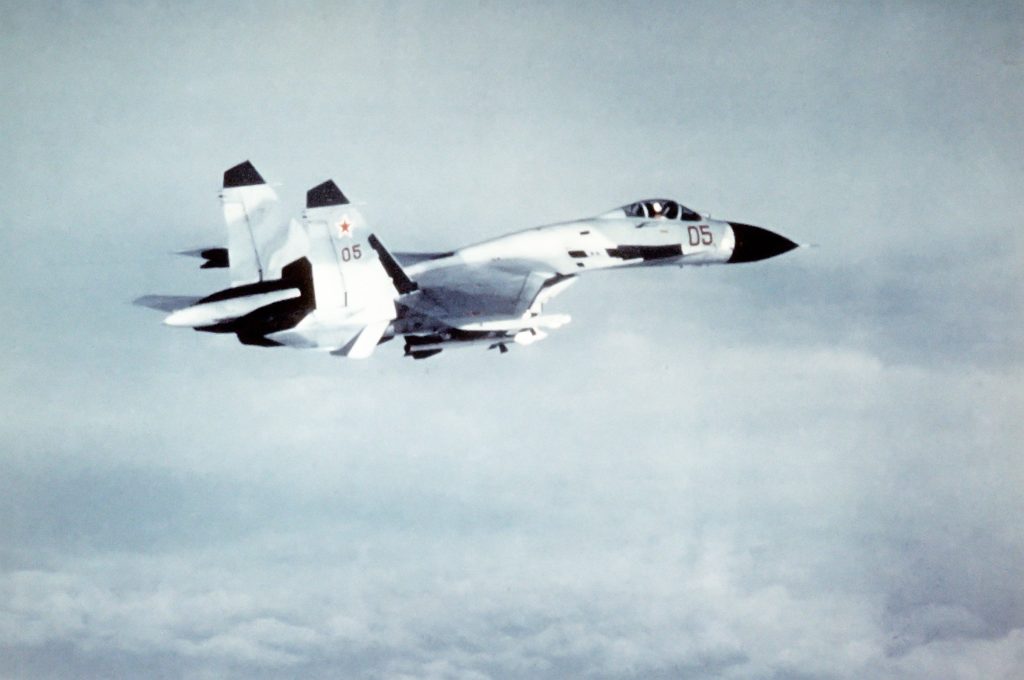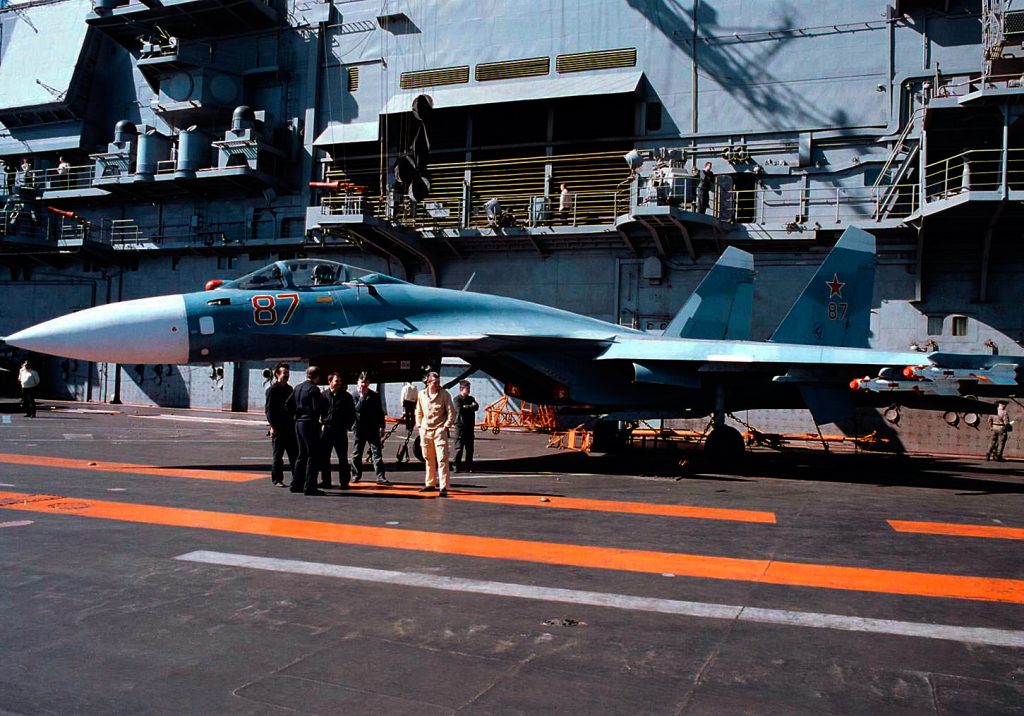
In an incident that has the potential to rewrite diplomatic and military handbooks, a Royal Air Force (RAF) RC-135 Rivet Joint surveillance aircraft narrowly avoided disaster when a Russian Su-27 fighter jet released a missile in its vicinity over the Black Sea in September 2022.

This event has raised tensions in the NATO-Russia proxy conflict and underscored the perilous nature of military operations near contested spaces.

The occurrence in question transpired on September 29, 2022, in international airspace off the coast of annexed Crimea. Initially, Moscow claimed that the missile launch was a technical malfunction, an explanation that the UK’s Ministry of Defence (MoD) publicly accepted.

As the then Defense Secretary Ben Wallace put it, “We do not consider this incident to constitute a deliberate escalation on the part of the Russians, and our analysis concurs that it was due to a malfunction.” Following this logic, the RAF even resumed its surveillance patrols in the region with added fighter aircraft escorts.

However, a BBC report reveals that the incident might not have been as unintentional as previously portrayed. Intercepted communications between the two Russian Su-27 fighters and the Russian ground control station indicated an ambiguous command given to the pilots: “You have the target.” This statement led one of the pilots to discharge an air-to-air missile at the British aircraft, which fortunately failed to lock on to its target. The second missile allegedly fell from the wing, hinting at a possible malfunction or an aborted launch.

The severity of the incident was downplayed in official statements. Still, leaked classified materials and anonymous U.S. defense officials described it as a “near shoot-down.” The New York Times, quoting one unnamed U.S. defense official, called the event “really, really scary.”

Britain’s MoD, known for its no-comment policy on operational details, responded to these claims by reiterating their stance on the importance of “protect[ing] the safety of our operations, avoid[ing] unnecessary escalation and inform[ing] the public and international community.” Meanwhile, intercepted communications, as stated by the BBC, showed that there was a heated argument between the two Russian pilots, further complicating the narrative.

The MoD emphasized transparency by indicating that Wallace had “informed the House of Commons within three weeks of the event occurring, in the interest of transparency and safety.” These revelations are particularly alarming in light of the proxy war over Ukraine. The incident emphasizes the knife-edge balance of maintaining surveillance while preventing escalation to an outright military confrontation.

A spokesman for Prime Minister Rishi Sunak, Max Blain, assured that the prime minister was confident that Wallace had not misled lawmakers, and emphasized the constraints on sharing operational specifics publicly due to security concerns.
related images you might be interested.









